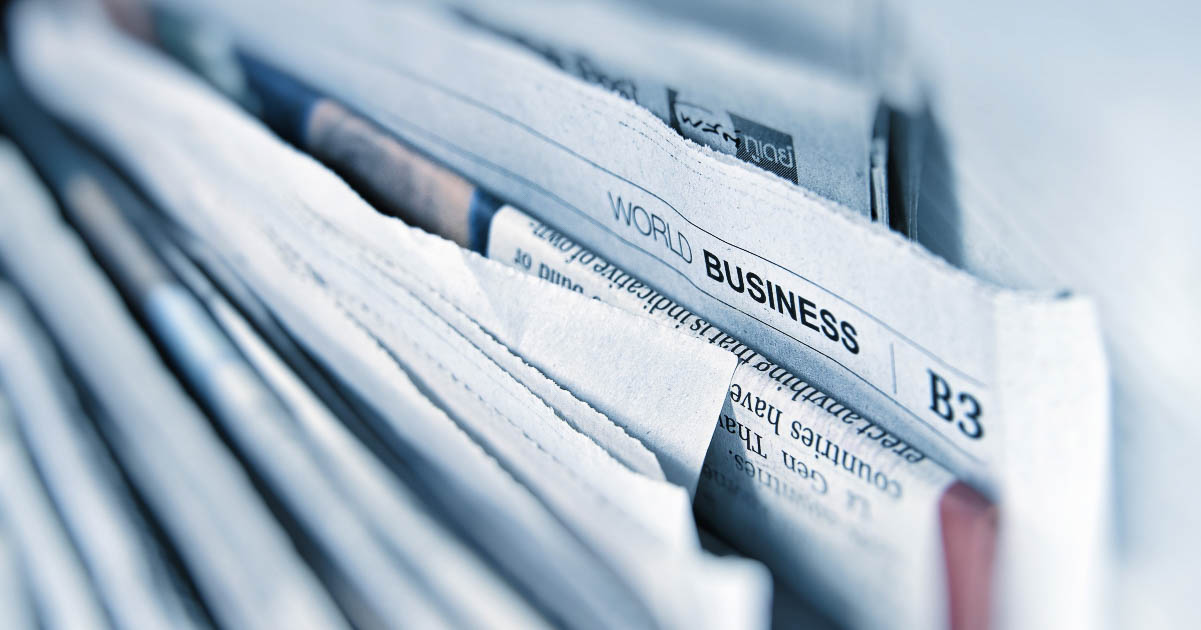
What Is a Lede in Journalism?
Have you ever heard of a lede in journalism? A lede is the first few sentences in a piece of journalistic writing, and writers use it to grab the reader’s attention. It’s important to use a lede because readers are like balloons – once they leave your hand, you may never catch them again!
Having a good title is not enough to keep the reader in your grip. You must also have an engaging opening. As a freelance editor, you may work with journalists and journalistic organizations, so you need to understand how a lede comes into play. Today’s post will explain:
- What a lede is
- The different types of ledes
- How to best edit a lede to make it effective
What Is a Lede in Journalism?
According to Garner’s Modern English Usage, a lede may be one of two things: the opening paragraph of an article or, less commonly, the top news story in an edition.
In this post, we’ll talk about a lede as an introductory section of a news story, designed to entice the reader to read the rest of the article.
Lead or Lede?
Have you ever wondered why there are two spellings, lead and lede? Then keep reading!
In the 1970s, when the printing industry was still using linotype machines, differentiating between the lead paragraph in a news story and the thin strip of metal that separated lines of type was difficult. Thus, the term lede was coined to make the distinction clearer.
Types of Ledes in Journalism
The type of lede you choose depends on your topic and audience. Below, we take a quick look at each type:
- The summary lede
- The feature lede
- The question lede
- The quote lede
1. The Summary Lede
As the name suggests, this lede wastes no time handing the reader all the essential information in the first sentence. Journalists tend to employ this type of lede in hard news stories, such as reports about events of local or international significance.
Articles with a summary lede tend to follow an inverted pyramid structure. The author gives the most important information in the opening of the article. The finer details follow in the main section. Toward the end of the piece, the story tapers to less important background information. Here’s a summary lede:
A tornado early Tuesday morning destroyed multiple homes around Second Street and left many more without power.
2. The Feature Lede
If the lede only hints at the article’s narrative or message, it’s most likely a feature (or anecdotal) lede.
This type of lede spends some time setting the scene and appealing to the emotions of the reader before delivering the main point. Most examples of this kind of lede are from creative journalism or soft news:
It seemed like a regular Tuesday, but no one could have expected what was going to happen in the early hours of the morning.
3. The Question Lede
Sometimes, the author opens their article with a question, which they then answer in the main body of the article.
This approach is arguably tricky to pull off. The lede should be clear yet ambiguous enough to stir your reader’s mind. But more often than not, this type of lede is confusing. In fact, some recommend steering clear of this format completely! Here’s an instance:
Monday night seemed like a regular night, but where were you in the early hours of the morning when disaster struck?
4. The Quote Lede
A quote lede uses a dramatic quotation to launch a story. This technique adds an element of interest that may reach out to the reader.
The quote can be paraphrased or verbatim. The right quotation can lend authority to the article or add an element of humor, drama, or surprise:
“It was the worst disaster we have seen in years,” said the mayor in an interview after Tuesday’s tornado.
Refining a Lede
As an editor, you may need to help your client refine the tone, content, or structure of their ledes. A number of things are worth keeping in mind when you want to write an effective lede:
- Use the five W’s and one H.
- Keep it short and simple.
- Use the active voice.
- Avoid cliches, puns, and jargon.
- Consider the context.
1. The Five W’s and One H
This is a well-known framework journalists use to ensure that a story is complete. Ask yourself the following questions:
- What happened?
- Why did it happen?
- Who made it happen?
- When did it happen?
- Where did it happen?
- How did it happen?
If you’re working on a summary lede in particular, you should check that it answers all of these questions.
2. Keep It Short and Simple
Don’t assume the reader has a long attention span. Respect the time they’ve given by keeping the lede (no matter which type) short, concise, and coherent.
Avoid unnecessary details and provide only what the reader needs to understand the story.
If your reader is rereading the lede to make sense of it, this could indicate bad writing.
3. Use the Active Voice
A good lede will draw readers into the story by using something they can relate to. Creating a sense of urgency or invoking curiosity will inspire them to read the whole article.
Try to give the lede some personality. For example, you can address your reader directly in the second person and use the active voice to make people feel a connection to the story.
4. Avoid Cliches, Puns, and Jargon
Even if the story is meant to be humorous, you want the reader to be entertained, not annoyed or bored. If your writing is unskilled and your language seems insulting, the reader may move on to something else.
Therefore, it’s good practice to avoid clichés, puns, and jargon – they could strike the wrong chord and put off your reader.
5. Consider the Context
If the reader is already familiar with the topic about which you’re writing, it’s best to get to the point as soon as possible. This is what using a strong lede can do.
Write a lede that enlightens the reader about the topic you’re discussing and adds useful information that will inspire interest in learning more.
Becoming An Editor
If you’re interested in learning how to edit different types of writing, consider checking out our Becoming An Editor course. It offers guidance on editing business, academic, and creative writing, as well as teaching you how to carry out line, developmental, and comprehensive editing.
Still on the fence? Claim your free trial today to get a feel for the course!





Your email address will not be published.